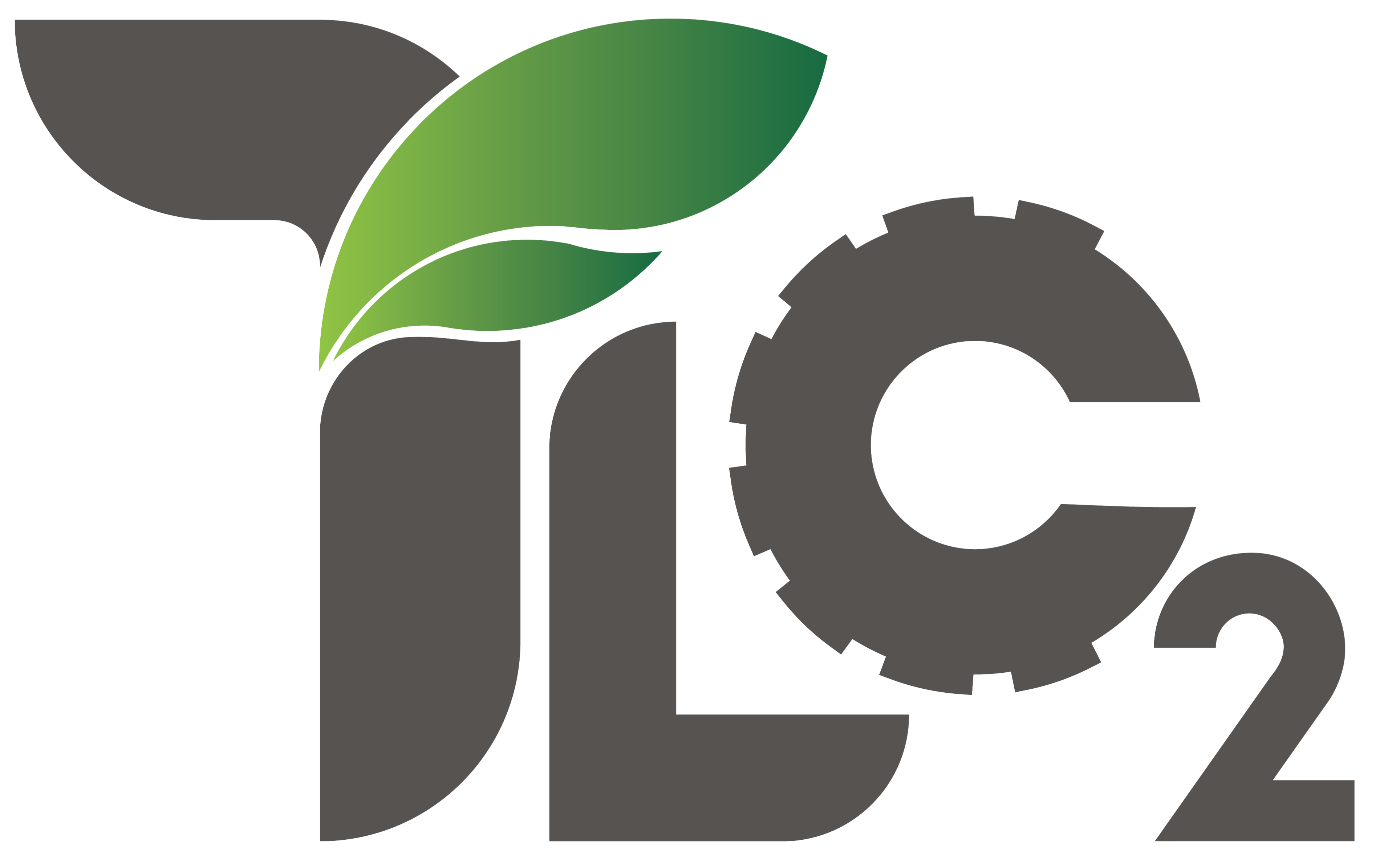Low-CO2 binders
- Development of low CO2 binders such as calcium sulfoaluminate cement.
- To explore strategies to develop low CO2 alternative binders such as calcium sulfoaluminate-belite cement, alkali activated materials with an emphasis on leveraging locally sourced materials and industrial by-products.
- Alkali-activated cements (AAC) are produced from the alkaline activation of a precursor which must be amorphous and siliceous. Biomass ash meet such criteria, and our research is optimizing diverse activation systems for 4 varieties of biomass ash. Advanced characterization techniques such as Field Emission Scanning Microscopy (FESEM), Inductively Coupled Plasma, X-ray diffraction, Nuclear Magnetic Resonance, among others are powerful tools that we are using to unveil the effect of the different activation systems in the micro-characteristics of new cementitious phases. The advantages of AAC include low-cost, low-specific CO2 emissions and revalorization of large volumes of waste.
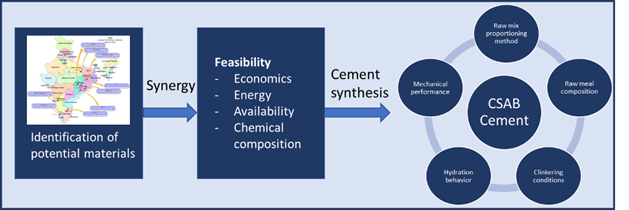
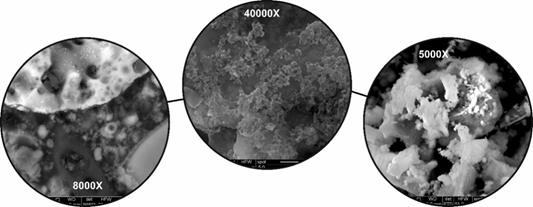
Processing-microstructure-property relationships of alternative cementitious binders
Short-term and long-term performance, hydration reactions, thermodynamic modelling
- To assess the composition-property relationship of alternative low CO2 binders
- To understand the hydration kinetics in cementitious binders through thermodynamic modelling
- Transport properties and durability of concrete made from alternative cementitious binders. The figure below shows the influence of chloride ingress (left) and CO2 ingress (right) on concrete appearance
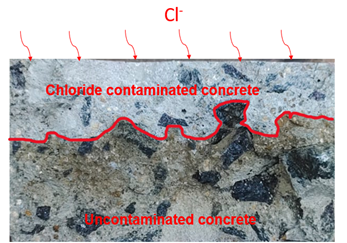
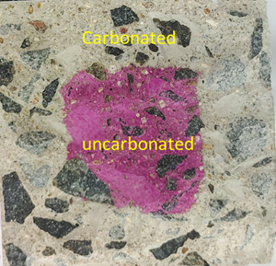
Carbon dioxide mineralization of industrial byproducts and cement-based composites
Mineral carbonation – valorization of industrial byproducts
Different techniques are available to lower atmospheric CO2 emissions. Mineralization is the most efficient method of storing CO2. Investigation on chemical and physical mechanisms underlying the mineralization process is essential to develop novel, low CO2 binders using industrial byproducts.

